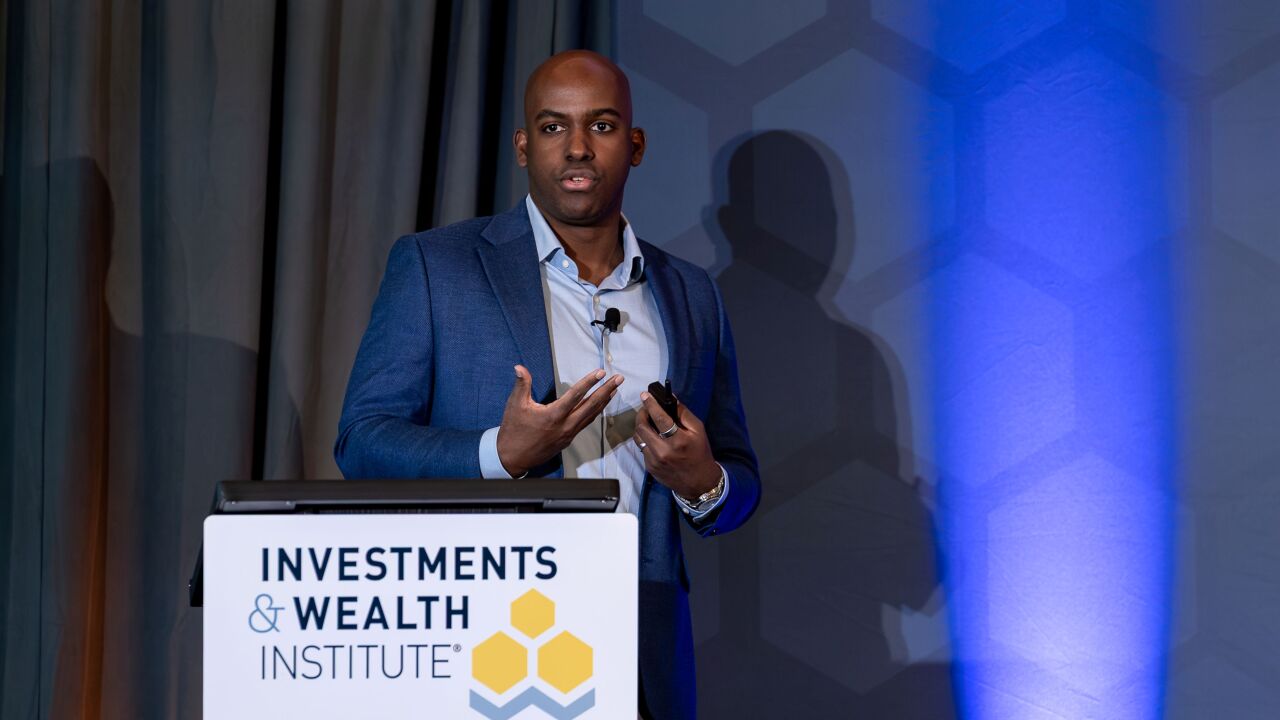The rate hike is upon us, and many advisors have been fielding emails and calls from clients. You may have already prepared them to expect the Fed's move, but perhaps they want to hear more from you in response to the announcement. Here’s how several top advisors and other experts are handling it, as well as some key talking points.
Click here for a
Put the hike into context.
"I tell my clients two things about the interest decision:
- They should remember this is only the overnight interest rate and nothing more.
- An eventual increase in the federal funds rate is likely already priced into the stock and bond markets. If clients want to invest based on what experts are telling us will happen to rates, I caution them about following the herd. That typically doesn’t end very well."
Allan S. Roth, Financial Planning contributing writer and founder of Wealth Logic in Colorado Springs, Colo.
Not all bonds are the same.
"Not all asset classes respond the same to interest rate increases. While longer-dated corporates may get bounced around during the initial phase, high-yield and municipal bonds may benefit from the improving economy and a subsequent decline in default rates. And floating-rate securities, with their monthly or quarterly reset rates, generate income that stays in step with interest rate changes. While changes in interest rates can and do influence dividend-paying equities, tax, economic and global market factors all interact to affect total return."
Tom Roseen, head of research services, Lipper
Slow and steady is a good.
"Just as Janet Yellen, the chairwoman of the Fed, believes a gradual path is prudent and gives the Fed flexibility, we are taking a similarly measured approach with our portfolios, favoring bonds with shorter maturities that are less affected by interest rate changes. But we’re also stressing to clients that in all markets, bonds remain a core component of a properly diversified portfolio, one that delivers income while moderating overall risk."
Kimberly Foss, Financial Planning contributing writer, president and founder of Empyrion Wealth Management
You can take action.
"[Anticipating a rate hike, we're] upping cash levels while reducing clients' exposure to international markets and sectors that are typically sensitive to interest rates, such as utilities and REITs … until we see the volatility index decrease, we will move ahead cautiously."
Ginger Snyder of 360 Wealth Management of Raymond James
Communicate with clients.
"We spend a lot of time talking with our clients, and they recognize that rates have been at historical lows and have been expecting rates to rise for some time."
Greg Onken, an advisor with J.P. Morgan Securities in San Francisco
Remember, it's not over yet.
"What's more important is the pace of the rate hikes: how many do they do, over what time frame, and what's the magnitude from how quickly they raise rates from the first hike to the last."
Anthony Valeri, investment strategist at LPL
Watch these companies.
"So-called quality stocks, or those with strong balance sheets, are the outperformers in the three months after an initial rate hike. Following the first rate hikes in 1994, 1999 and 2004, companies boasting stronger balance sheets outperformed by 5%, on average.
"In terms of stocks to avoid, it's companies with lots of floating-rate debt, since their financing costs are likely to increase once the Fed finally moves away from zero bounds interest rates."
Goldman Sachs economists, reported by Bloomberg News





